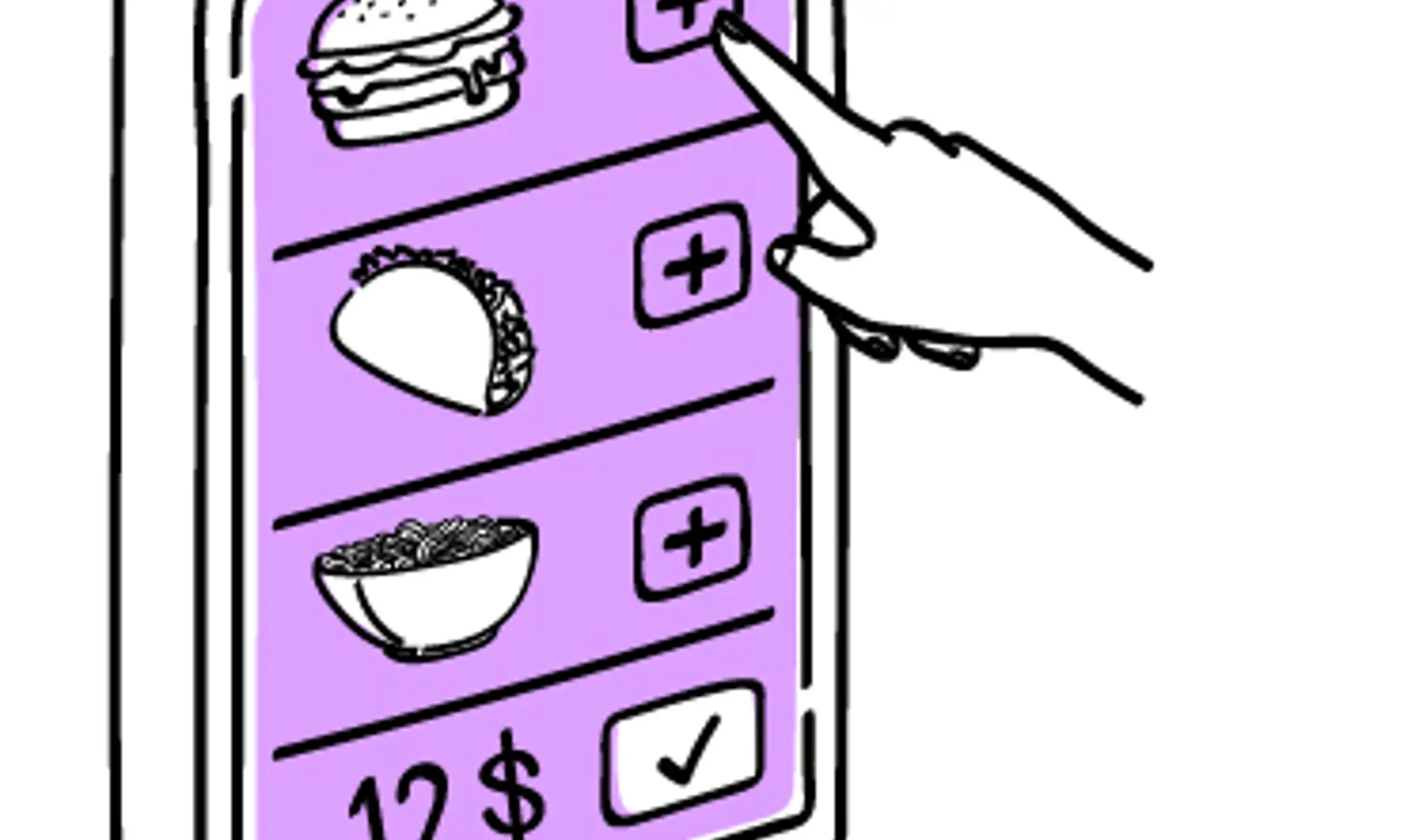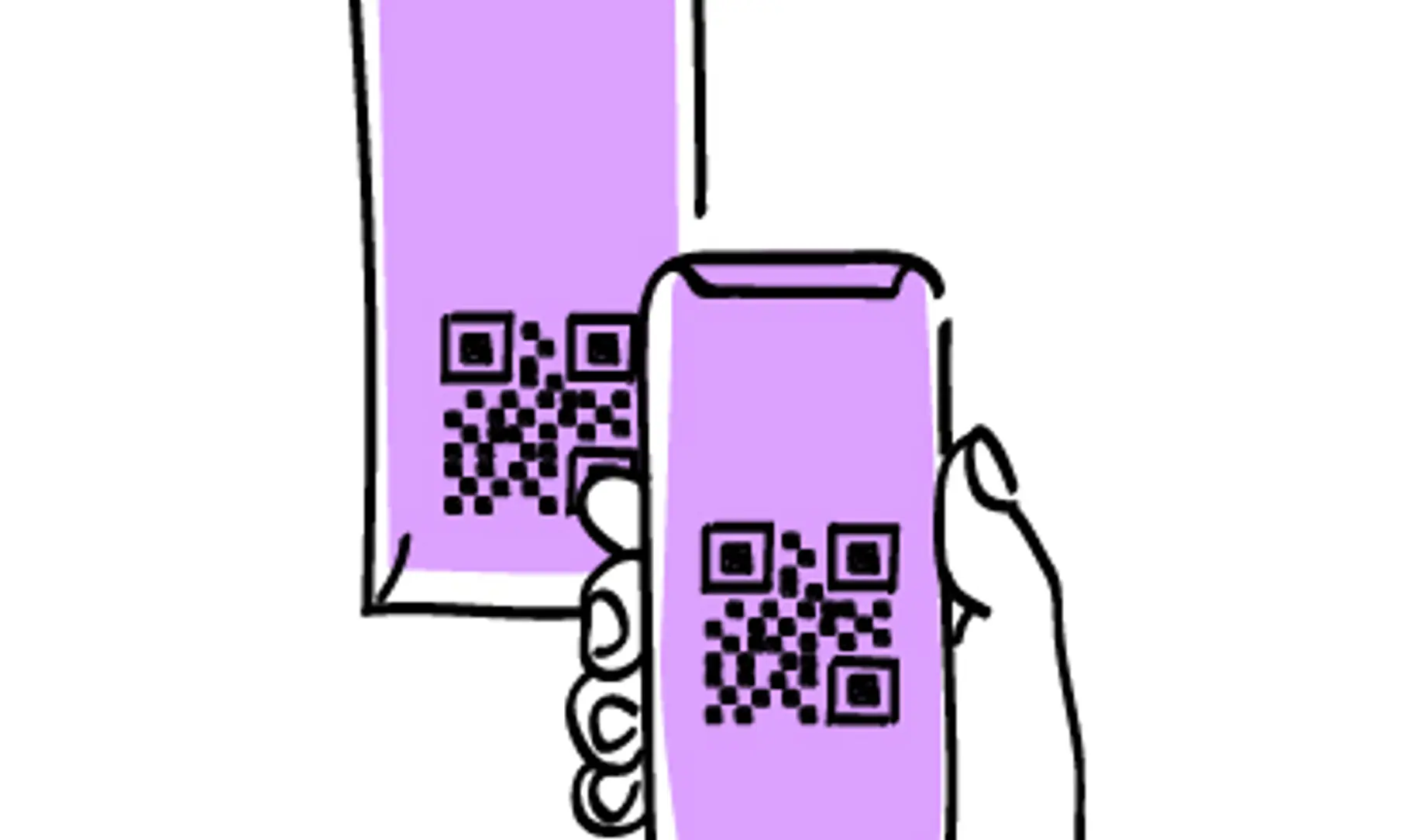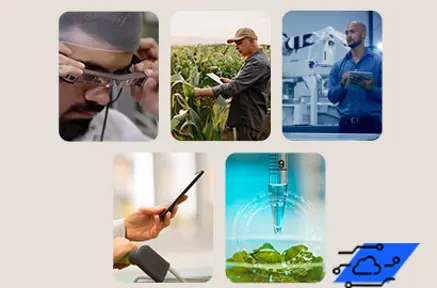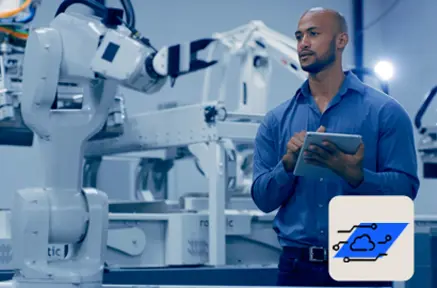The ongoing digitalization of retail

A brief overview
Over the past decade or so, the global retail industry has gone through numerous transformations as a direct result of digitalization. From pricing engines being used by large corporations such as Amazon to compare their prices with competitors and adjust their own in near real-time, to contactless payments, self-checkout counters in physical stores, and more. And that’s just a tiny portion of what is already here, and what is yet to come, with the market for digital transformation of retail expected to grow from $0.71 trillion in 2023 to $1.72 trillion by 2028.
Transformational trends
It makes sense that as the world develops more intelligent digital tools, retail – and other industries – will follow suit in their uptake. However, trends and world events also play a role, with the COVID pandemic in particular having forcibly accelerated digitalization of the retail industry. Whether through proliferation of smarter shopping apps or AI solutions designed to recommend certain products to a consumer based on previous shopping habits.
The impact on food and beverage retailers
When it comes to food and beverage products, digitalization is forcing retailers to be bigger and better – regarding what they can offer and how quickly they can get it to consumers. Take scan-and-go apps, whereby supermarkets can allow consumers to scan and pay for items as they shop. Or fast-food franchises allowing consumers to order and pay for food using a computer screen before picking it up at the till.

Unfolding the benefits
What does the advent of digitalization mean for retailers themselves? One of the more notable opportunities that has opened up for food and beverage retailers is their ability to engage in omnichannel marketing. In essence, this allows consumers greater flexibility when buying something, with those retailers who can make shopping journeys even more convenient and engaging likely to build bigger and more loyal customer bases.
As the technology improves, we can expect consumers to have access to an even richer shopping experience, whether in person or through a screen. Take the rise in ‘phygital’ retail, a process being used by retailers whereby they combine the best attributes of physical and digital shopping. Examples include intelligent dressing rooms that can help consumers find the right-sized clothing, or apps directing people to particular items in a supermarket.
Working with the right partner
Undergoing a partial or full digital transformation also requires support, with suppliers such as SIG playing a pivotal role. Take our connected pack offerings, which allow food and beverage manufacturers to add QR codes to carton packs. This way, they can create more genuine connections with consumers. Whether through interactive games and competitions, or by offering them the chance to find out more about a brand’s processes.

In part five of the digital drive, we step back from the impact of digitalization on specific industries and focus on the technologies themselves that are enabling such change. From IoT to Big Data, and automation to digital twins, how has the technology we use changed, and what comes next? Don’t miss out on our take – subscribe to our bi-weekly SIG Newsletter for more.
- January 25, 2024

A look back at the forces driving digitalization

How digital technology is shaping what we eat

